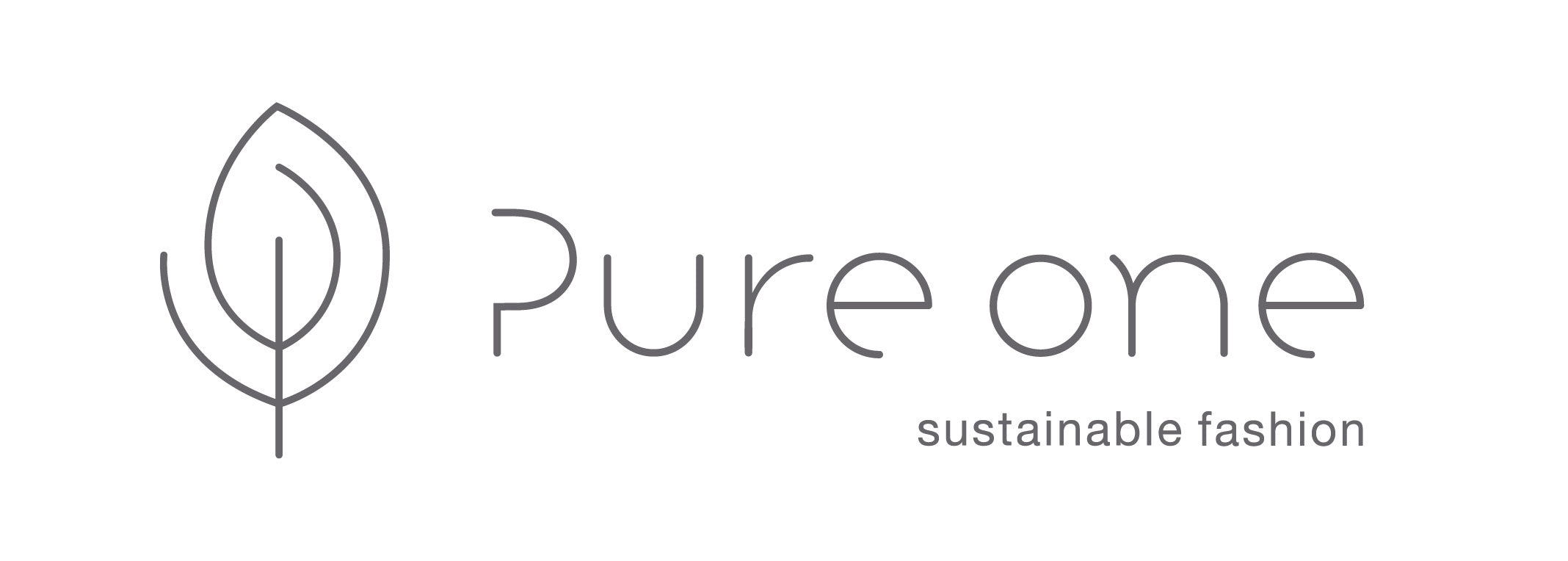
Corozo is also called vegetable ivory because of its similarity to real ivory. Even the scientific name for the Tagua palm, Phytelephas, is derived from the greek word for elephant! Just one tagua tree produces the amount of vegetable ivory in one year equal to one elephant tusk (about 20 pounds). And it can continue producing for more than a hundred years. So unlike an elephant, that is often killed for it's tusks, this tree provides a renewable source of material.
What is the process to make these seeds into a button?
After the mococho clusters fall to the forest floor, the nuts are gathered and dried in the sun for about one to two months. When the nut is first taken from the palm, the inside is a gooey jelly-like substance, but after drying, the nut becomes hard. Once dried, it is sliced and processed into Corozo blanks or fully finished buttons.
Why is it a sustainable option?
- Natural Harvesting: Corozo seeds can be collected only after they fall naturally from the tree. Seeds that are picked from the palm before they fall are not ripe enough for button production. So there's absolutely no need for deforestation.
- Renewable Resource: It does not require the cutting-down of trees, because the buttons are made from the trees nut. Once mature, the Tagua nut trees can produce 30-50lbs of nuts annually for 100 years.
- Durable Material: Corozo is made up of very tightly wound organic fibers which give it excellent durability and scratch resistance.
- Natural Material: Unlike plastic buttons, Corozo buttons will eventually biodegrade, thus helping to reduce the amount of plastic waste in the ocean and landfills.
- Local Community Job Creation: Though it represents less than 0.5% of total exports out of Ecuador, according to CORPEI, the Commercial branch of the Foreign Relations Ministry, the Tagua industry supports 30,000 families in Ecuador.
- Incentives to Protect The Rainforest: According to a Massachusetts-based environmental group called Cultural Survival, natural rain forest products such as vegetable ivory can generate up to five times the income of banana plantations and cattle ranches (industries that often lead to rainforest deforestation).
